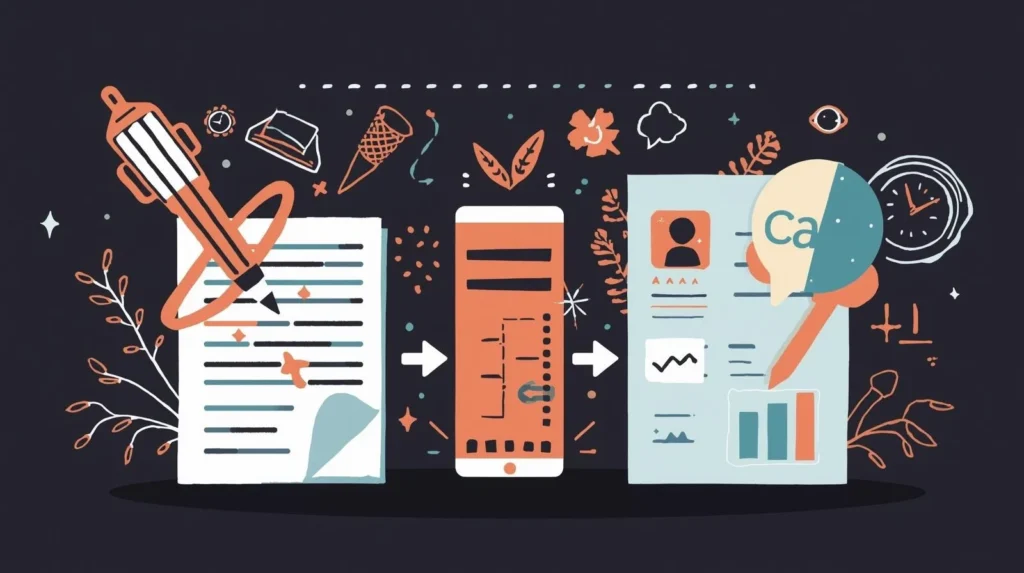
The Role of Formatting in Academic Publishing
Formatting is more than aesthetics; it demonstrates professionalism, attention to detail, and respect for publication standards. Most academic journals follow strict submission guidelines related to structure, referencing, tables, figures, and word limits. Manuscripts that fail to comply with these requirements may be returned without review, regardless of their research quality.
Proper formatting ensures that editors and reviewers can focus on the content rather than being distracted by inconsistencies or technical errors. A well-formatted manuscript communicates that the author understands academic norms and is serious about publication.
Common Formatting Challenges Faced by Authors
Many authors, particularly early-career researchers and non-native English speakers, find formatting guidelines confusing or time-consuming. Each journal has its own style preferences — from reference formatting and section headers to figure resolution and table layout — making it easy to overlook small but critical details.
Some of the most common formatting issues include:
- Incorrect reference or citation style (APA, MLA, Chicago, IEEE, etc.).
- Inconsistent headings and subheadings.
- Improper table and figure numbering or placement.
- Incorrect line spacing, margins, or font sizes.
- Missing or incomplete author information and affiliations.
- Inaccurate abstract structure or keyword formatting.
How Professional Formatting Services Help
Professional formatting services specialize in aligning manuscripts with specific journal requirements. They ensure that your paper’s structure, references, and presentation conform precisely to the target journal’s style guide. This saves time, prevents technical rejections, and enhances the overall professionalism of your submission.
Key ways formatting services improve your submission include:
- Adherence to journal guidelines : Every element — from the title page to figure legends — is formatted according to the journal’s instructions for authors.
- Reference and citation accuracy : All references are checked and formatted according to the required citation style, ensuring consistency and completeness.
- Table and figure standardization : Visual elements are adjusted for proper labeling, numbering, and resolution to meet technical specifications.
- Document structure optimization : Sections such as abstract, methods, and references are organized logically and consistently.
- Quality assurance : Formatting professionals often conduct a final check to ensure the manuscript is submission-ready.
The Connection Between Formatting and Acceptance Rates
Editors and reviewers often receive hundreds of submissions, and first impressions matter. A manuscript that is clean, organized, and professionally formatted signals that the author values precision and adheres to scholarly standards. In contrast, poorly formatted submissions may appear careless and unprofessional, making reviewers less receptive to the content itself.
Several studies and editor surveys suggest that properly formatted manuscripts have a higher likelihood of progressing through initial screening. Formatting compliance does not guarantee acceptance, but it eliminates a major reason for early rejection, allowing the quality of your research to shine.
Formatting Across Different Style Guides
Different disciplines and journals require adherence to specific style manuals. Professional formatters are trained to apply styles such as APA, MLA, Chicago, IEEE, and others accurately. They also understand the nuances between versions of these guides — for example, APA 6th vs. 7th edition — ensuring your paper meets current standards.
Beyond Formatting: Added Value Services
Many formatting services go beyond layout adjustments to provide publication support, such as reference cross-checking, figure preparation, and template setup. Some also offer plagiarism checks, language editing, and journal selection assistance. Together, these services streamline the submission process and reduce the risk of rejection for technical or compliance-related reasons.
Tips for Authors
Even with professional assistance, authors should remain familiar with formatting requirements. Here are a few key tips:
- Always review the target journal’s author guidelines before writing.
- Use reference management tools such as EndNote or Zotero to ensure consistency.
- Maintain clear and consistent headings throughout the document.
- Ensure that all tables and figures are cited within the text.
- Conduct a final review after professional formatting to confirm accuracy.
Conclusion
Formatting is a critical but often underestimated factor in academic publishing. A professionally formatted manuscript demonstrates credibility, professionalism, and respect for scholarly conventions — qualities that can significantly influence how your work is perceived. By investing in expert formatting services, authors not only save time but also enhance their paper’s readability, presentation, and overall chances of acceptance.
